Need groundcover ideas
ginny50
10 years ago
Related Stories
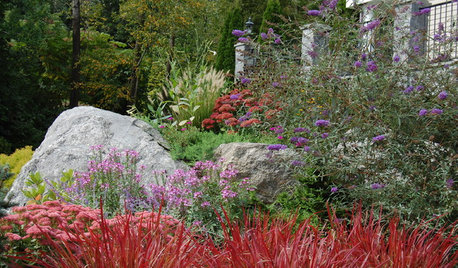
LANDSCAPE DESIGNHow to Design a Great Garden on a Sloped Lot
Get a designer's tips for turning a hillside yard into the beautiful garden you’ve been dreaming of
Full Story
GARDENING GUIDES15 Ideas to Try in Your Garden This Year
These gardening stories were tops among Houzz readers. Which ideas might you try this year?
Full Story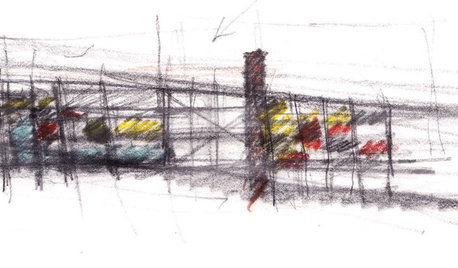
ARCHITECTUREArchitect's Toolbox: The Sketches That Spark a Home
See why in a high-tech world, pen and paper are often still essential for communicating design ideas
Full Story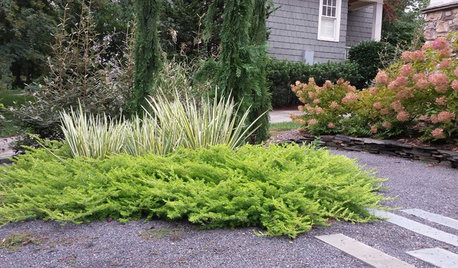
PLANTING IDEASThese Aren’t Your Grandparents’ Junipers
Dislike junipers? Maybe it’s time to discover new varieties and new uses for this garden workhorse
Full Story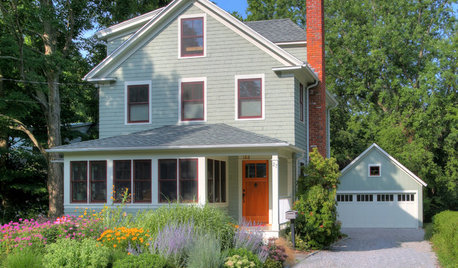
GREAT HOME PROJECTSUpgrade Your Front Yard for Curb Appeal and More
New project for a new year: Revamp lackluster landscaping for resale value, water savings and everyday enjoyment
Full Story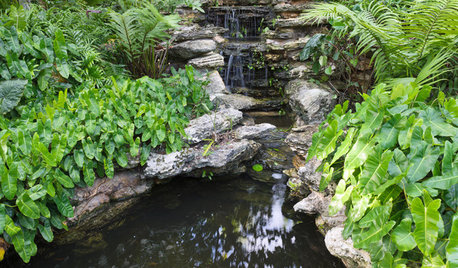
LANDSCAPE DESIGNRecipe for Tropical Edible Garden Style
Appeal to exotic good taste with fruit trees, palms and tropical look-alikes in your temperate-climate garden
Full Story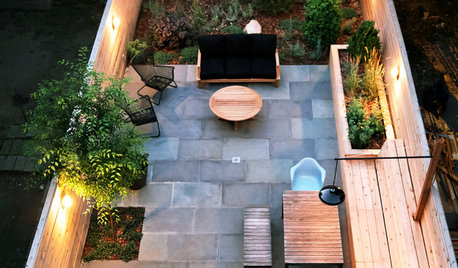
MOST POPULAR16 Ways to Get More From Your Small Backyard
Make a tight or awkward yard a real destination with these design tricks from the pros
Full Story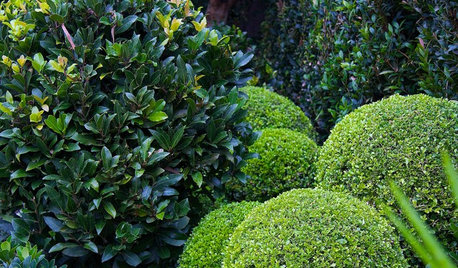
LANDSCAPE DESIGNGreen-Only Gardens Draw the Eye and Soothe the Spirit
Use plant and foliage variety to create a monochromatic landscape as visually pleasing as it is calming
Full Story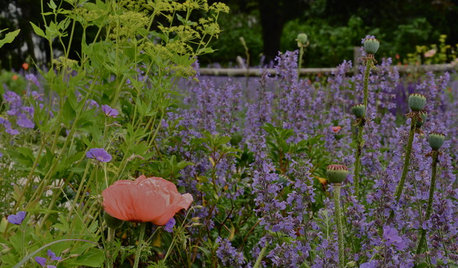
GARDENING GUIDESGreat Design Plant: Walker's Low Catmint
Prolific purple blooms, fragrant leaves, and cold-hardiness makes this a go-to plant for almost any garden
Full Story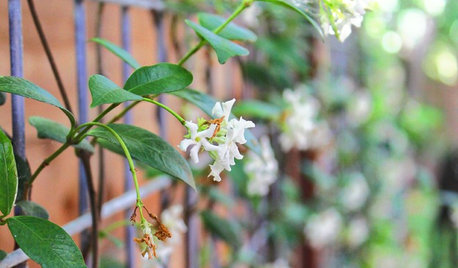
GARDENING GUIDESGreat Design Plant: Fragrant Trachelospermum Jasminoides
This graceful vine’s scented white flowers attract admirers near and far
Full Story










gardengal48 (PNW Z8/9)
oliveoyl3
Related Professionals
Ilchester Landscape Architects & Landscape Designers · Forest City Landscape Architects & Landscape Designers · Berwyn Landscape Contractors · Dixon Landscape Contractors · East Patchogue Landscape Contractors · McLean Landscape Contractors · Rio Linda Landscape Contractors · Branford Fence Contractors · Carmichael Fence Contractors · Pacifica Fence Contractors · Pensacola Fence Contractors · Prior Lake Fence Contractors · Summit Fence Contractors · La Puente Outdoor Lighting & Audio Visual Systems · Landover Outdoor Lighting & Audio Visual Systemschangingitup
Embothrium
plantknitter
mikebotann
mikebotann
Embothrium
mikebotann